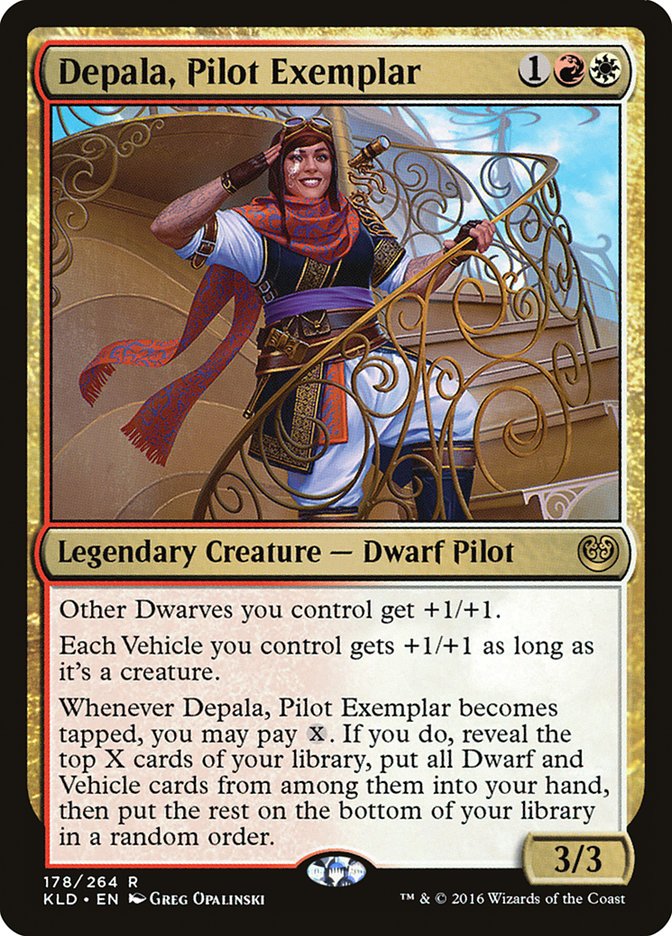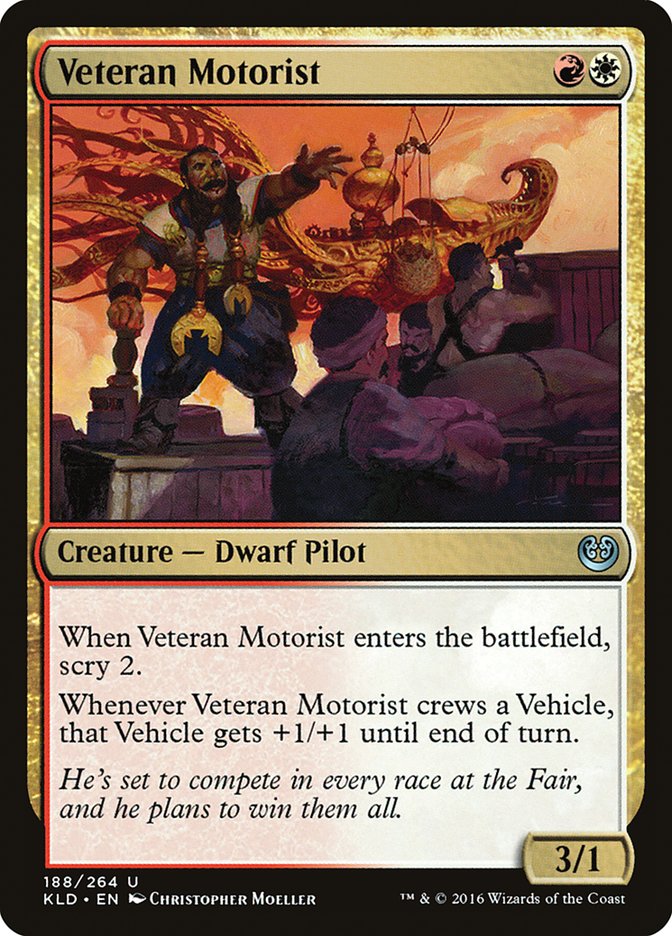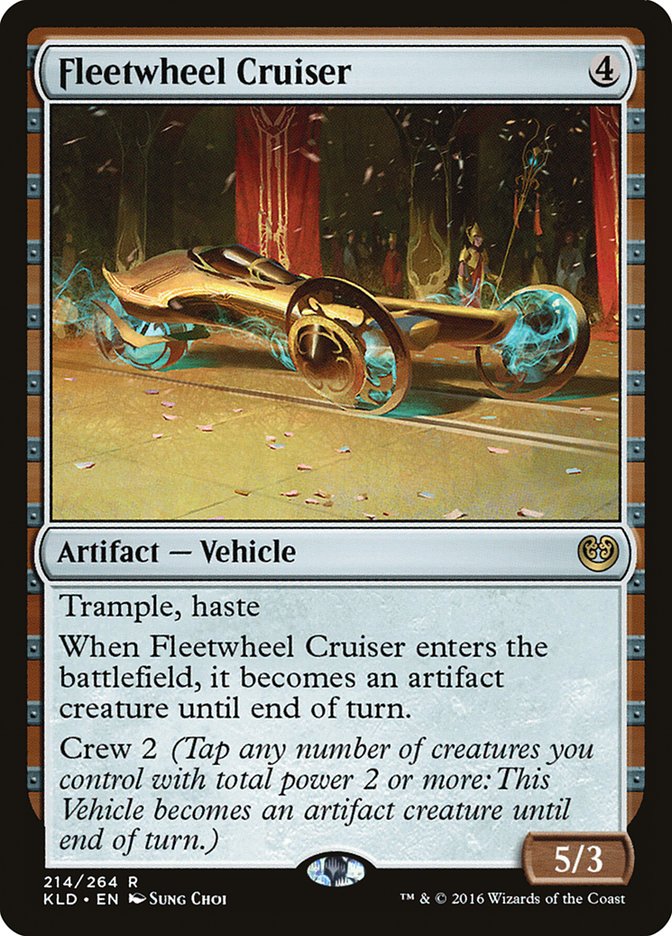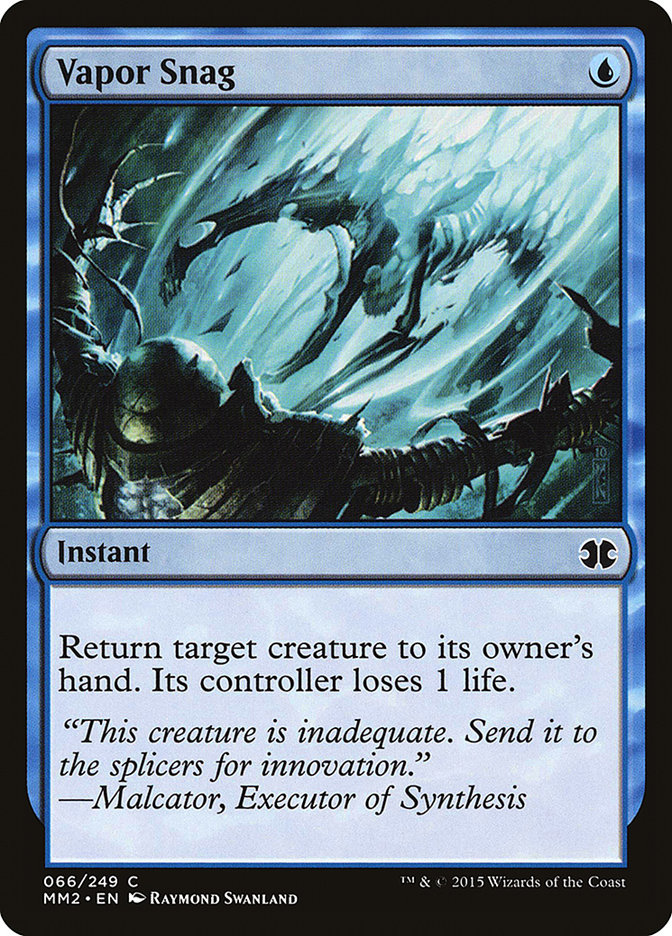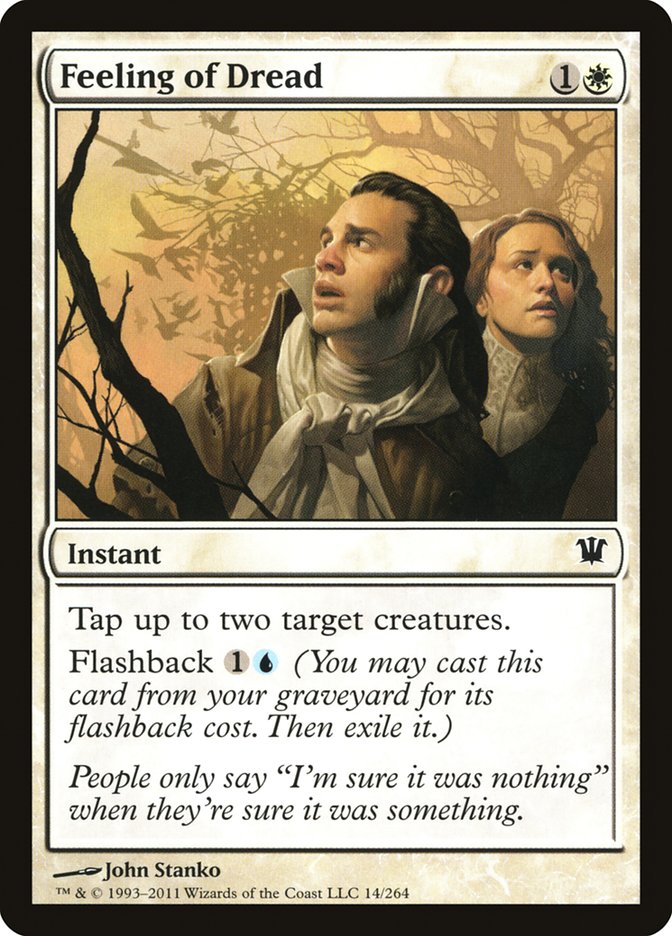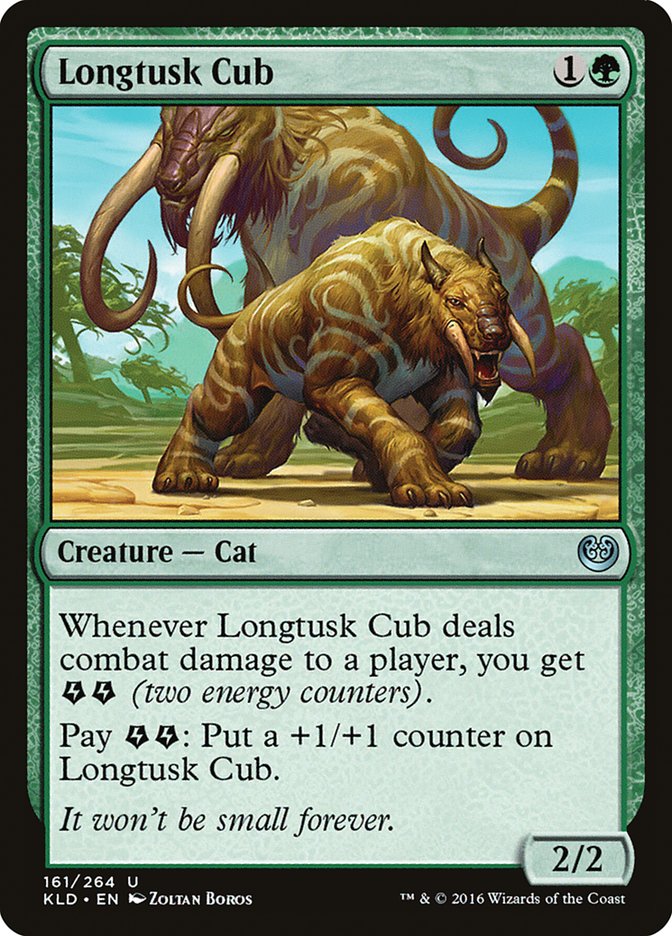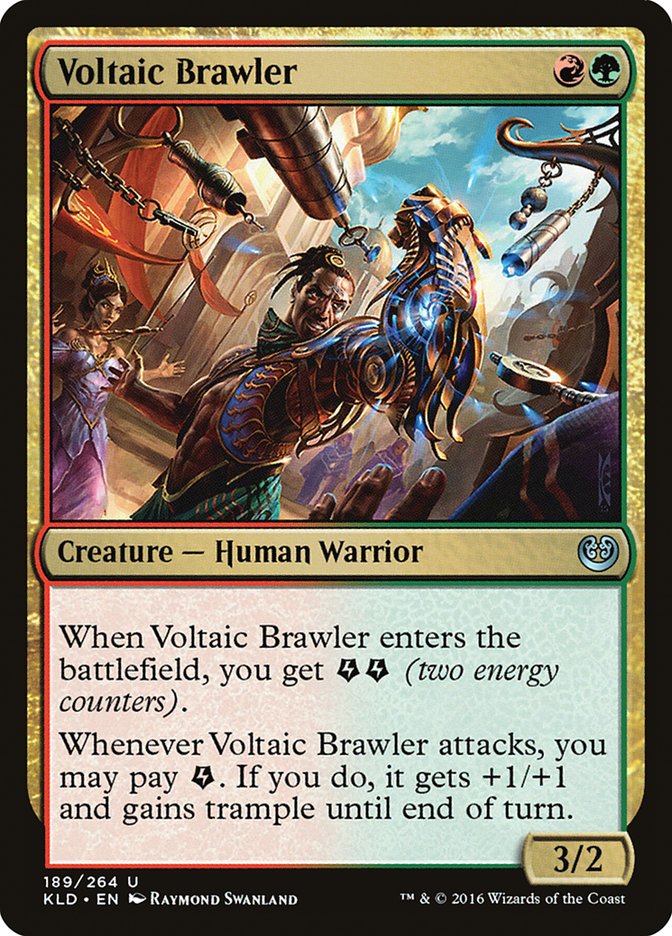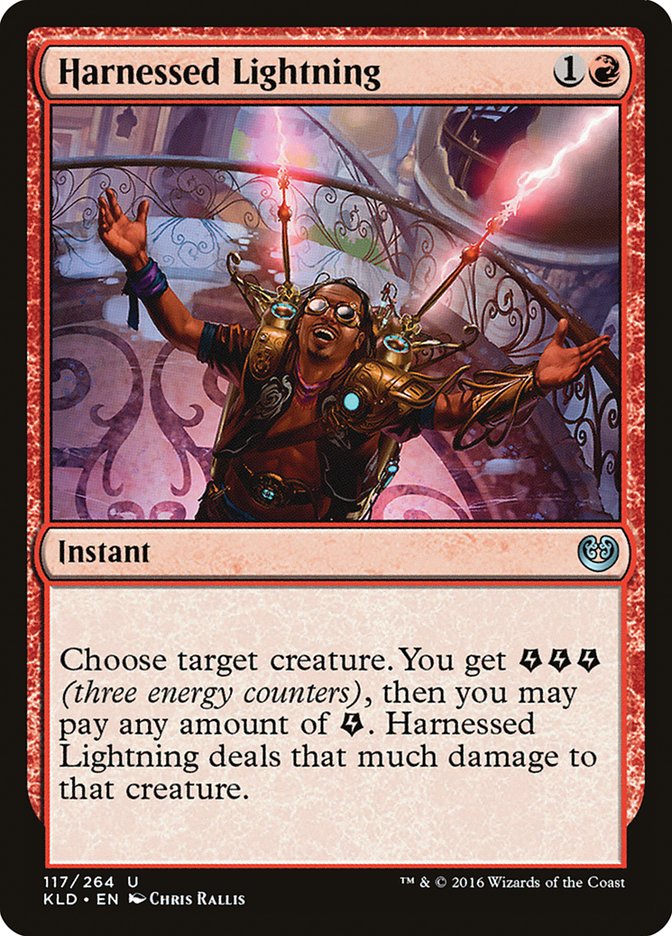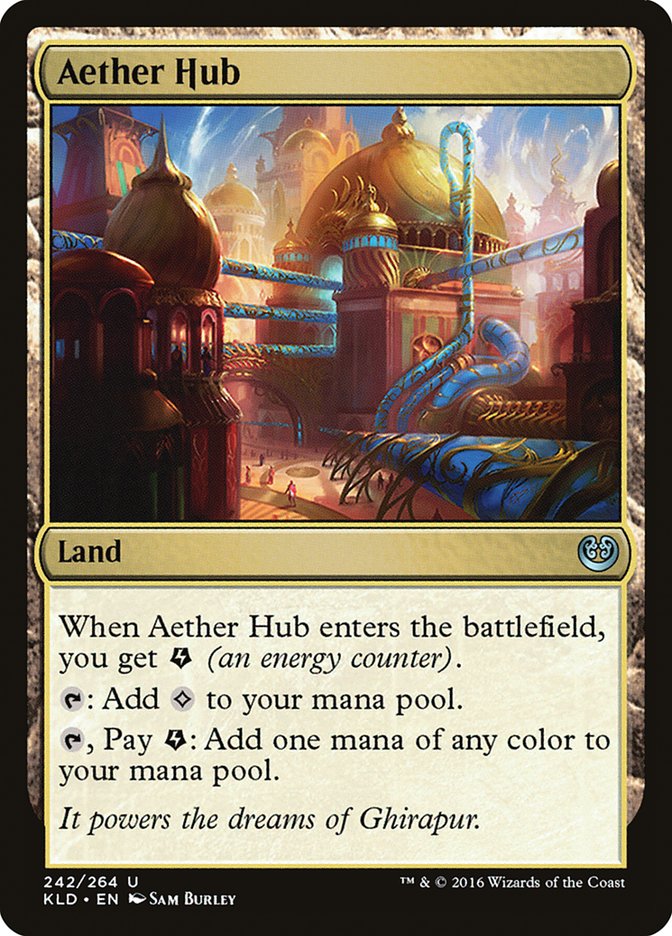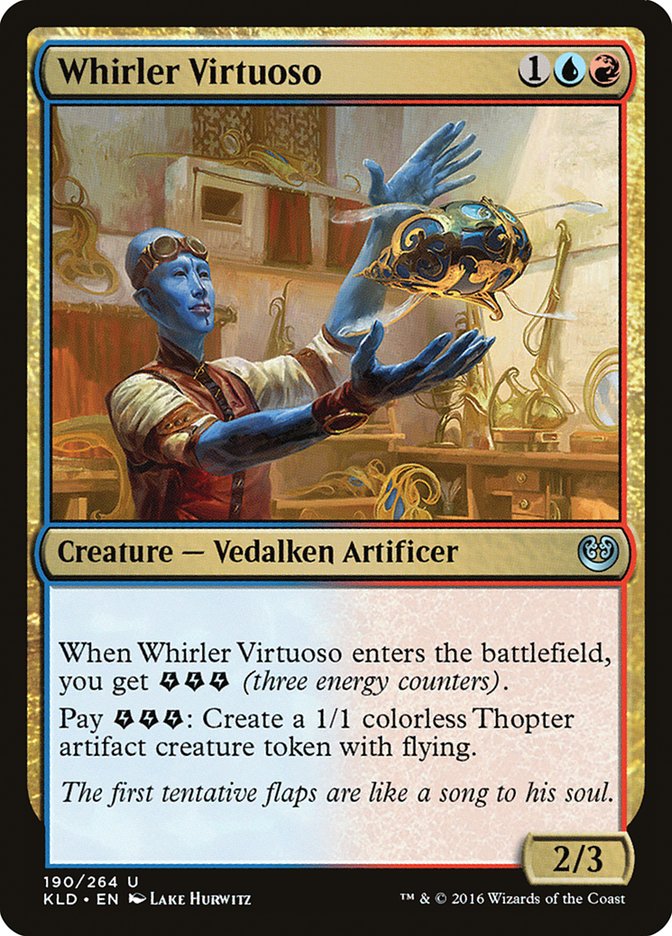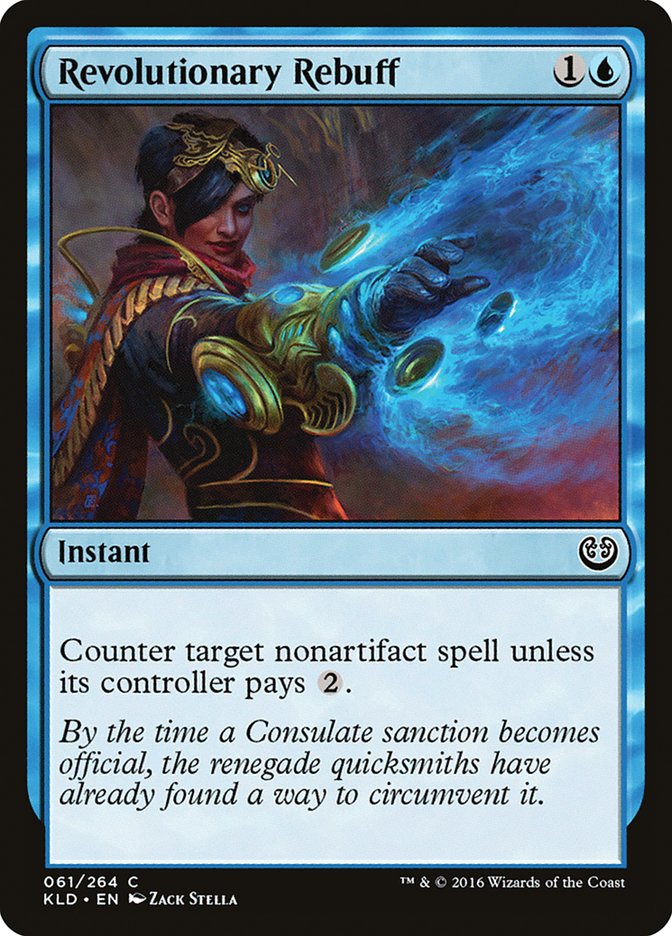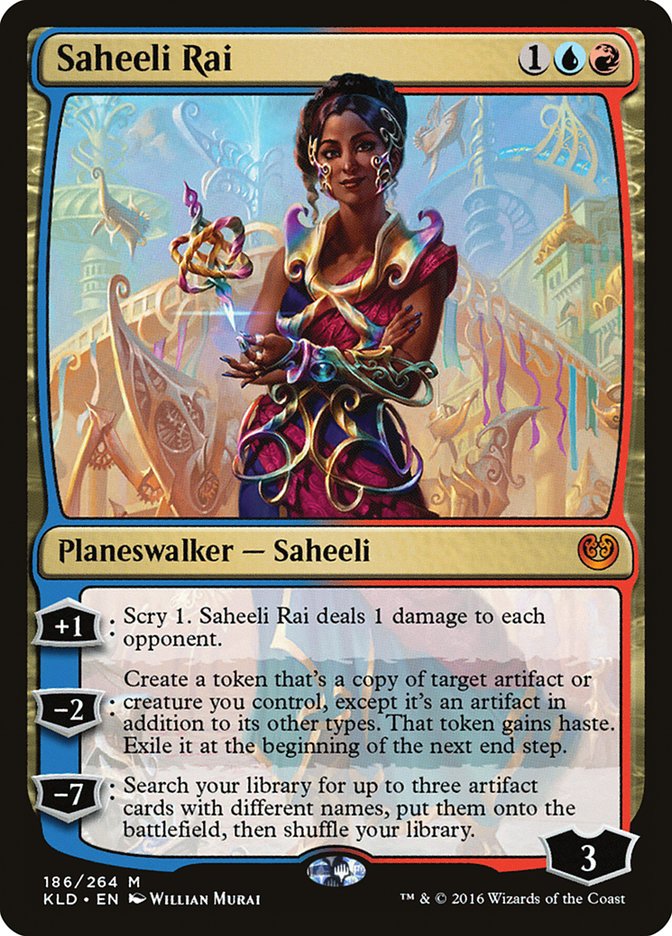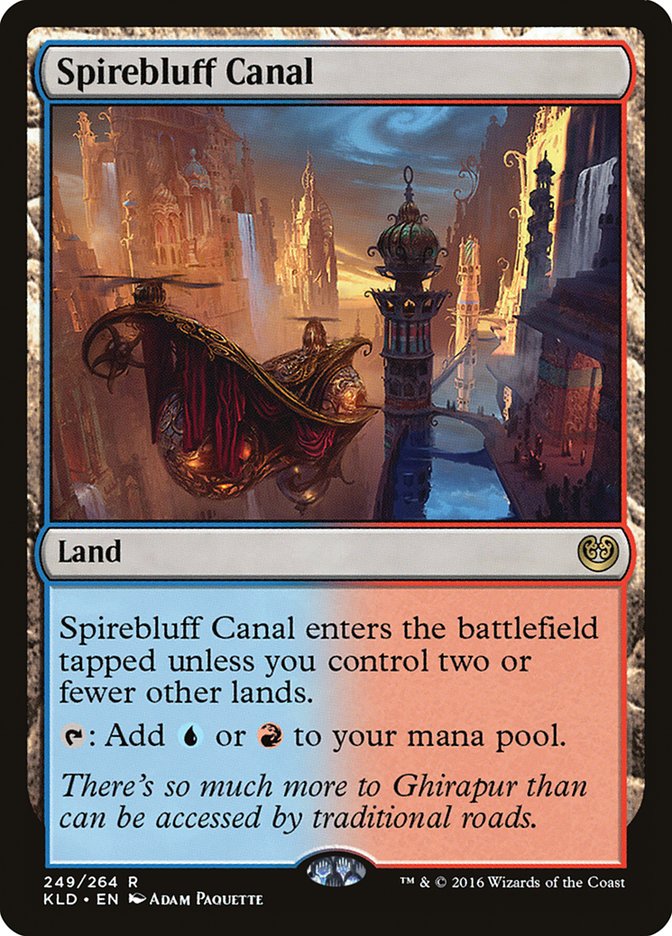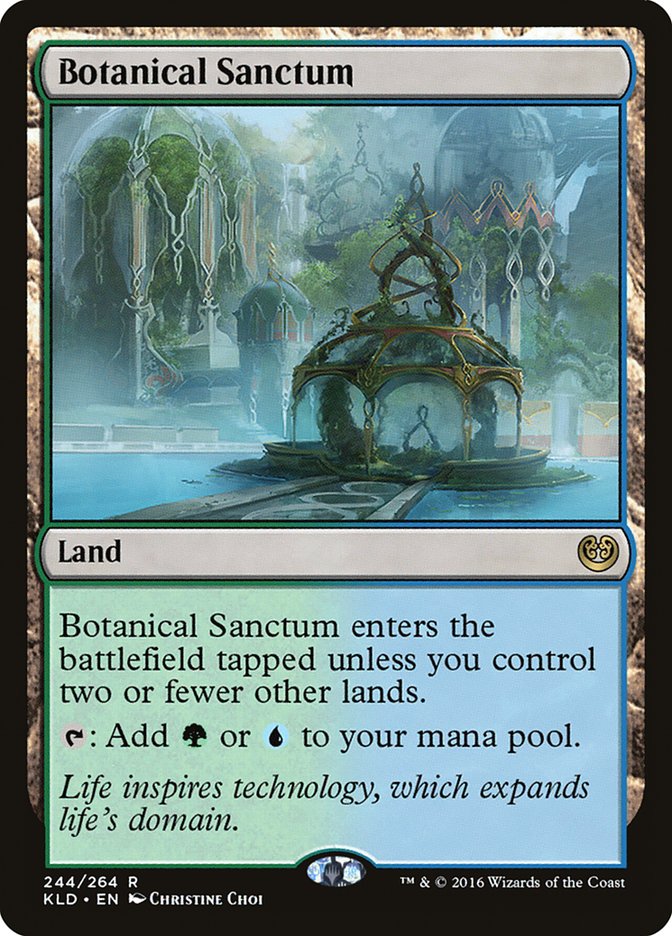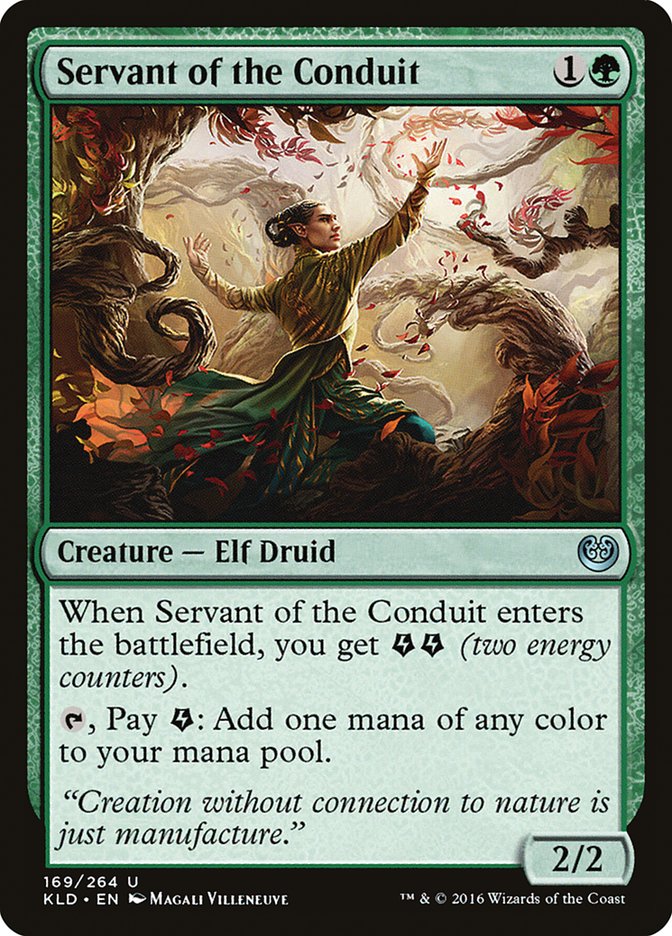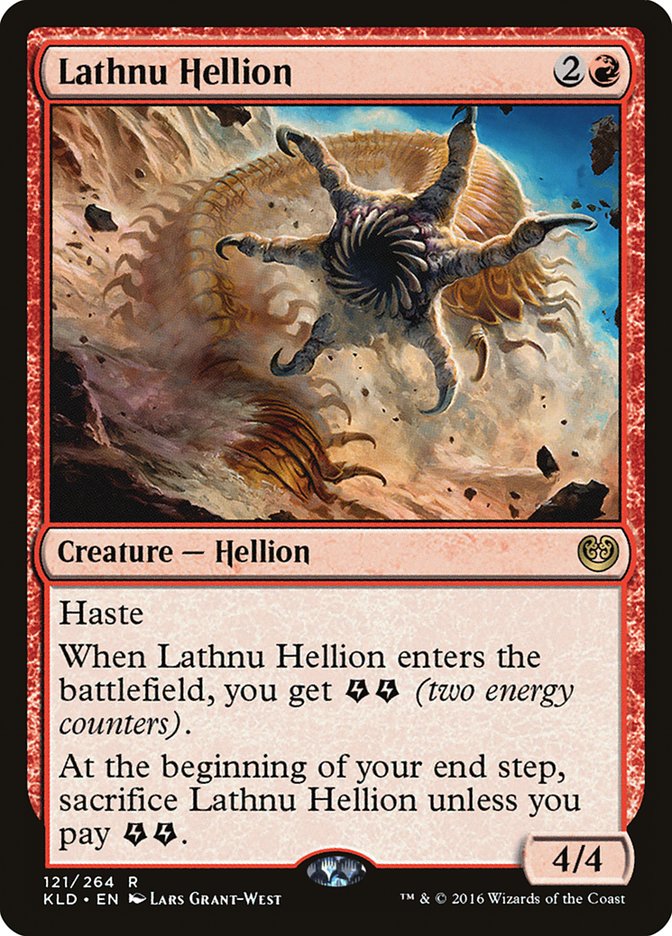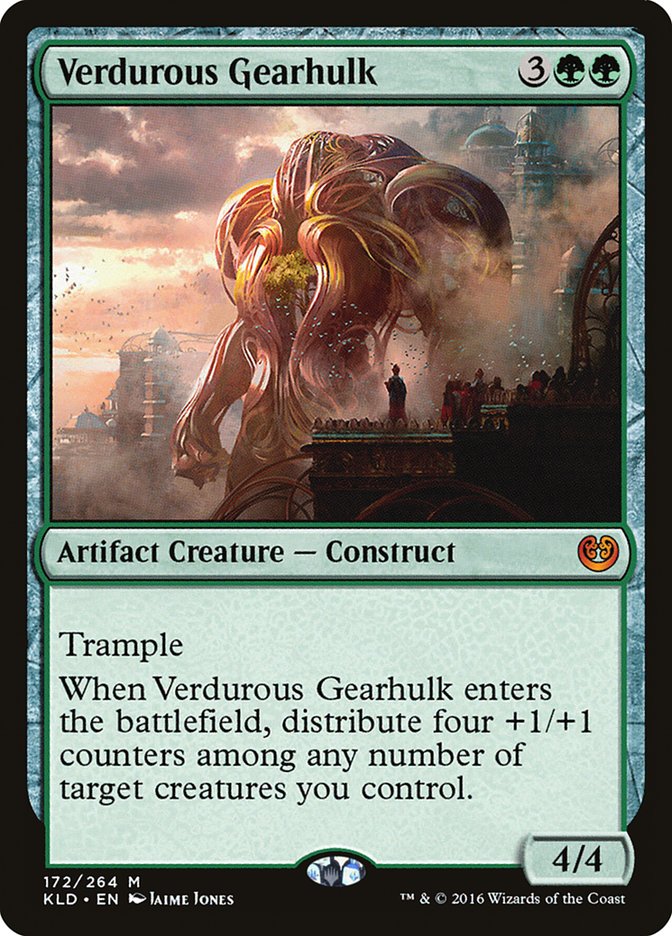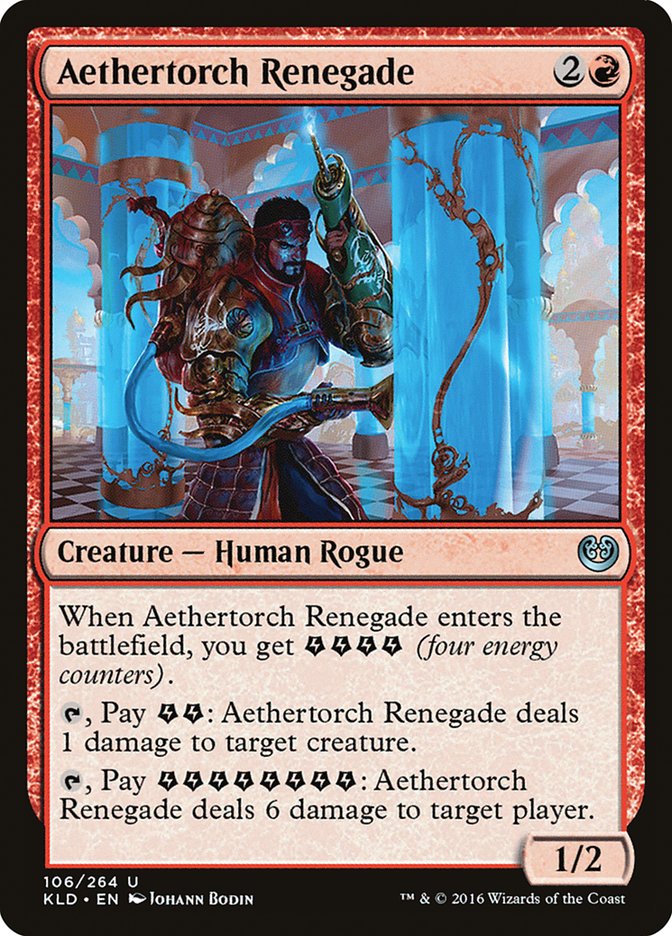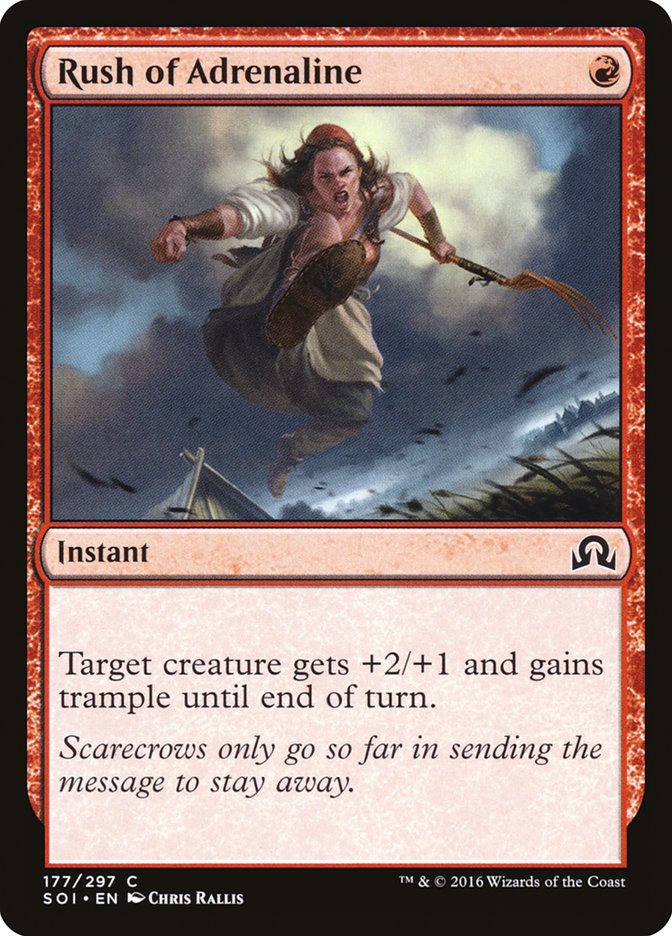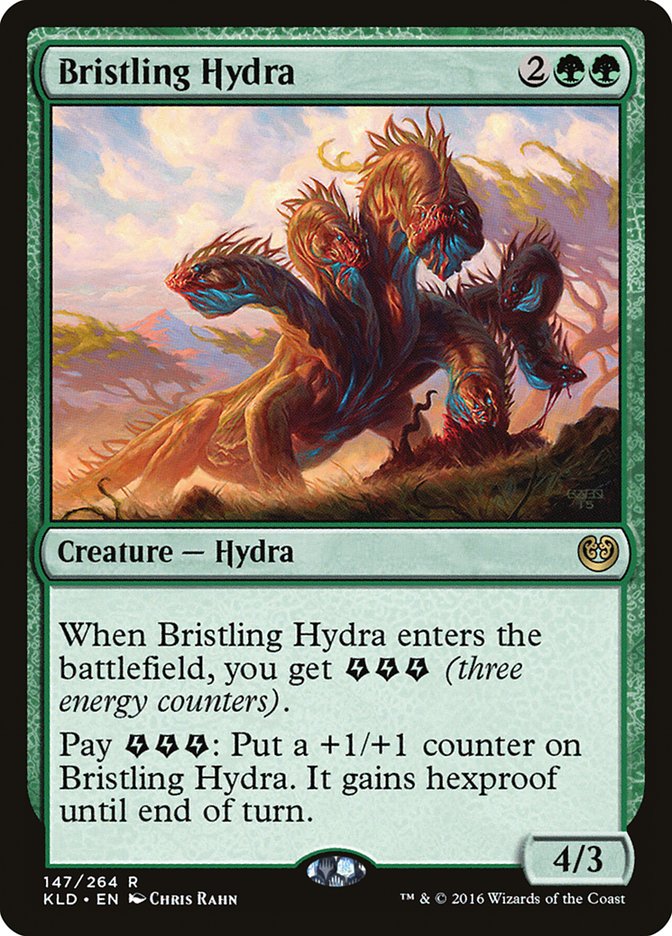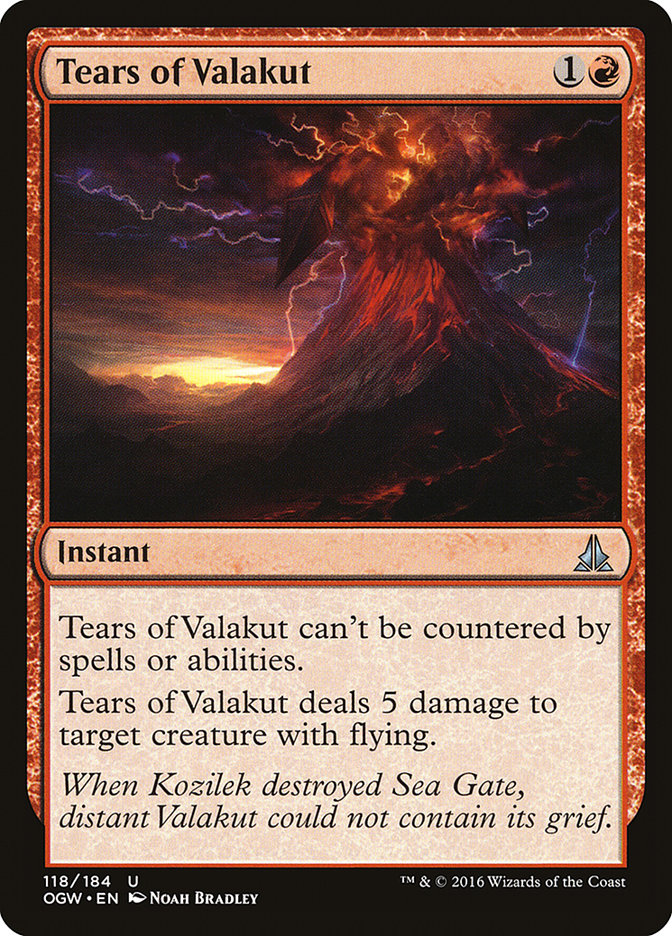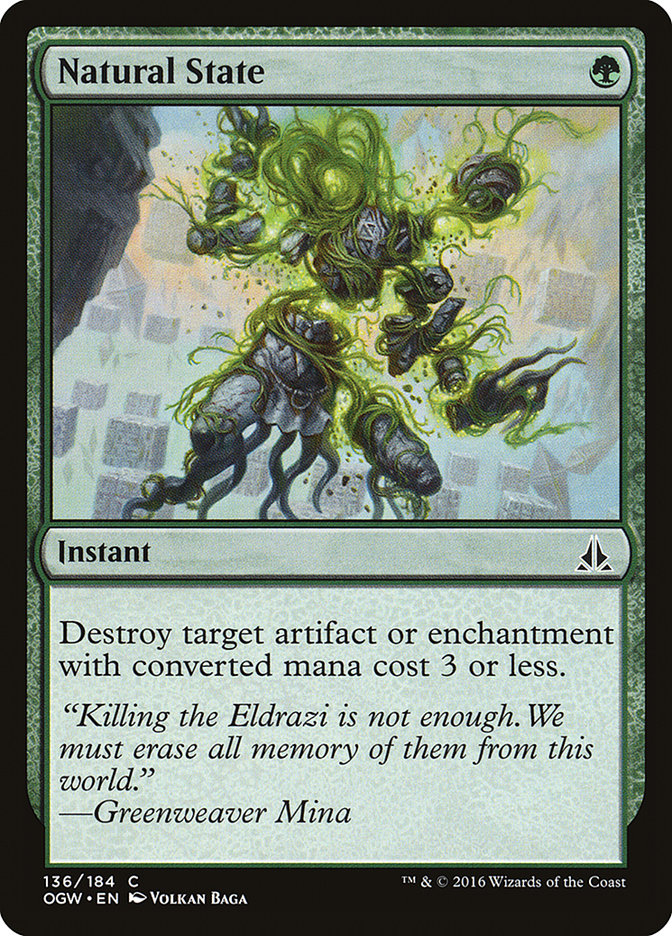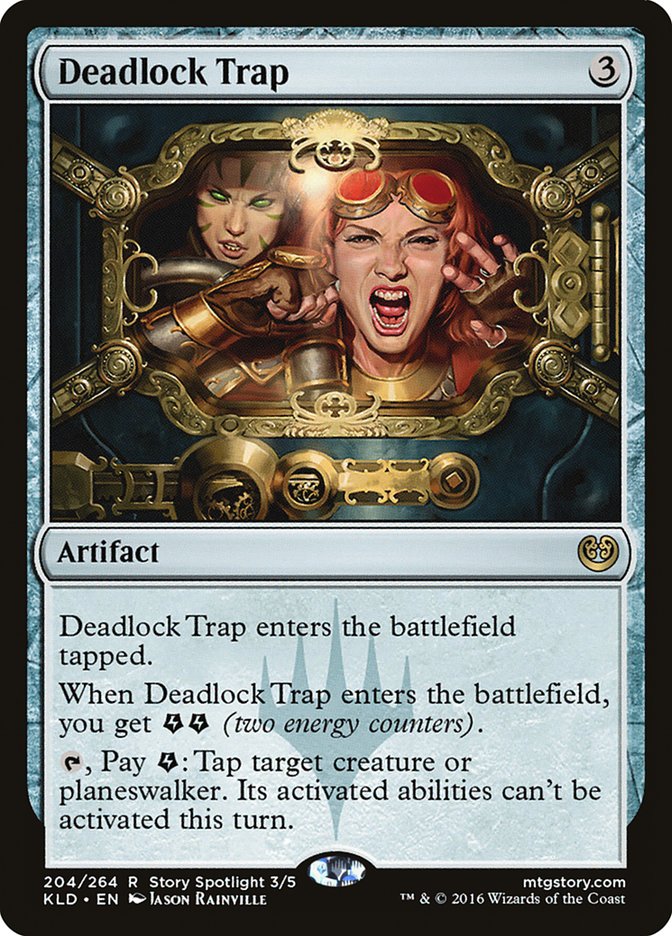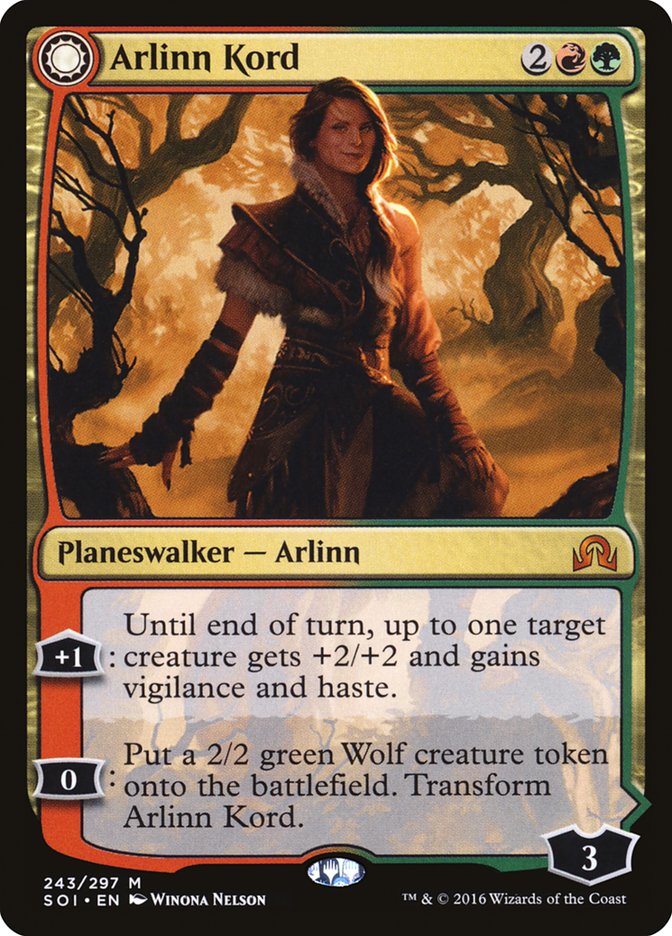This past weekend provided our first glimpse at the high-octane world of Kaladesh, and if I can speak for myself, it was thrilling.
Our very own Chris VanMeter took the tournament with his W/R Vehicles deck, leveraging the set’s best new additions and some old favorites too, like Selfless Spirit, Declaration in Stone, and Needle Spires. His deck was straightforward, well-tuned, and perfectly positioned to take the top prize at #SCGINDY, and Chris led it to a great win.
Creatures (21)
- 4 Thraben Inspector
- 4 Selfless Spirit
- 3 Depala, Pilot Exemplar
- 2 Pia Nalaar
- 4 Toolcraft Exemplar
- 4 Veteran Motorist
Lands (24)
Spells (15)

He wasn’t alone; two other W/R Vehicles decks made the Top 8, each nearly identical to the other. Moreover, two non-Vehicle W/R Aggro decks made it, too. In fact, only two midrange decks disrupted the all-aggressive strategy present at the SCG Tour this past weekend; the first weekend of a new format is often an aggressive player’s paradise, and the top finishers in Indianapolis proved this to be truer than normal.
I daresay that the metagame of “swing first, ask questions later” continues; white Human decks and their similar strategies are continuing their dominance, and with no Collected Company around, most decks have to play fair Magic again. This means that, despite the typical slowing pattern of a format over its first couple of weeks, aggressive decks might actually hold the reins on Kaladesh Standard for a little while. Thus, I feel safe delving into my topic for today: tempo.
Tempo in and of itself hasn’t been much of a thing lately; Collected Company did a good job of breaking that up, thanks to instant-speed Reflector Mages undoing the hard work every other deck was doing (can’t hide my bias that well). That deck had way too much going on to be a tempo deck. It put down combat-relevant creatures with solid abilities and reasonable costs and pressured you with those until the game was over. Now, however, tempo players can start to wrest control from the rest of the field.
Instead of pursuing the usual route of card disadvantage and undercosted spell conditionality, let’s look at Kaladesh’s most distinctive mechanic: Energy.
Tempo has always been about efficiency, doing two things when your opponent could do one, and wasting your opponent’s time while you pressure them with creatures, burn, and removal. Energy gives you a whole other pool of resources that doesn’t tie up your mana. Mana efficiency is critical to a tempo deck, and no mana is a great cost.
The widely-brewed R/G Energy Aggro deck that saw some preliminary hype highlights this strategy. Here’s Patrick Chapin’s sample, shared last Wednesday on SCG Premium:
Creatures (25)
- 4 Kessig Prowler
- 4 Verdurous Gearhulk
- 3 Longtusk Cub
- 4 Voltaic Brawler
- 4 Lathnu Hellion
- 2 Bristling Hydra
- 4 Servant of the Conduit
Planeswalkers (3)
Lands (22)
Spells (10)

Green provides the creatures, red provides the removal and utility, and together, this looks like a great starting point for an Energy-based deck that leverages the manaless nature of most Energy interactions to stay a step ahead of your opponent.
Instead of sticking to my normal style, I’d like to try something different. Patrick gave us a great start and, while many of the cards seem like no-brainers for inclusion, I want to use his deck as a base to build something more interesting, diverse, and better-tuned. Far be it from me to diminish Patrick Chapin’s unquestionable play and building skill; instead, I just want to redraw his back-of-the-napkin deck into something spicy.
First things first, though; I tried Patrick’s deck, just like this, in a few casual skirmishes. It had some standouts, but it also had some bricks. Kessig Prowler was unimpressive, and not drawing Chandra, Torch of Defiance made this deck feel too clunky. A couple of good counterspells or removal spells made me feel pretty helpless; my creatures would be easily picked off from there, either through spells or combat, and I wasn’t able to do much to keep the pressure on. Lathnu Hellion was fine, but not in that high a number. The cards that did do well show Chapin’s eye for quality spells, and we’ll carry them over into our next deck.
The deck felt a little too scripted to really slake my thirst for tempo. Most of the games felt fairly similar, and the combination of spells and creatures left me out-of-control. However, the mana was rock-solid.
Combined with this excellent Tendo Ice Bridge, I think we can get a bit greedier with our mana. While green has the most Energy-related cards in the set, another color seems to be better poised to leverage Energy and the particular style that this kind of deck affords: blue.
Blue has always been a great support color for aggressive decks, using cheap permission, efficient (albeit impermanent) removal, and evasion to help the other color’s bigger guns close the fight. We’ve gotten a real treat this time, though, and a dash of blue shouldn’t impact the mana much while opening up more matchups and more options during gameplay.
With these three lands, we should be able to make Temur happen with minimal disturbance.
Creatures (20)
- 3 Verdurous Gearhulk
- 3 Longtusk Cub
- 4 Voltaic Brawler
- 1 Lathnu Hellion
- 1 Bristling Hydra
- 3 Whirler Virtuoso
- 4 Servant of the Conduit
- 1 Aethertorch Renegade
Planeswalkers (3)
Lands (20)
Spells (17)
- 1 Rush of Adrenaline
- 4 Harnessed Lightning
- 4 Smuggler's Copter
- 3 Blossoming Defense
- 4 Attune with Aether
- 1 Revolutionary Rebuff
Sideboard

While I normally provide work-in-progress stages, this list is the result of considerable testing against a gauntlet of the format’s early leaders.
Creatures
Many of these creatures are held in common with Chapin’s deck, and that’s to be expected; we only have a limited number of Energy-matters cards in the format (47, to be exact, of which only 30 are creatures), so most of the creature base is built for us. Longtusk Cub was a card I was pretty hyped about coming in, but having played with it in Chapin’s stock list and Temur Energy, I’ve found it to be a bit optimistic. It’s not a great late-game draw, and unlike the others, it takes a couple turns to really get going. The lack of trample or an enters-the-battlefield ability keeps this kitty’s claws in check.
Voltaic Brawler and Servant of the Conduit are another matter. Each of these was almost always better than Longtusk Cub, and that surprised me. Servant of the Conduit, while not incredible stat-wise, offered a nice Energy boost and a more relaxed posturing on mana. I could afford to play a land tapped or suboptimally because the Servant could help out as needed; the Energy was not usually a relevant cost to create that fourth mana or third color.
There were some games where this card was bananas. It hit them so hard and so reliably that I had no problem pouring Energy into it. There were more games where, sadly, this would be on blocking duty for a turn, die, and give me two Energy counters for 2R. Thus, a single copy seemed to be the actual right amount. At no point was it a card I was excited about drawing, but it’s a pretty decent one in the opener if things are going your way.
The early versions of this deck didn’t contain this Gearhulk, and it didn’t take long to realize how much of a mistake that was. This is very much an “if you can’t beat them, join them” argument, but when everything else on your opponent’s side gets large, the combat math gets bad in a hurry, both on offense and defense, so you’ve got to be ready, as the tempo player, to craft a crackback that your opponent won’t survive. I can’t ramp to it quite as effectively as Chapin did, but that’s why I cut one. As it is, any more than three just seems gratuitous.
Whirler Virtuoso perpetuates the blue and red artifact synergies from Magic Origins; if you didn’t know it, this would look a lot like Thopter Engineer when, in fact, sacrificing the artifact haste for token production is the best thing this deck can do. For just three Energy, you can give yourself, for no mana, a 1/1 flyer that can block, evade your opponents, or receive Verdurous Gearhulk’s +1/+1 counters and smash through the air as a Dragon-like 5/5. That’s an immense amount of pressure from seemingly nothing, and it demands an answer. Aethertorch Renegade is not here for its body or its first activated ability but for its powerful Energy production and game-ending “ultimate.” For eight Energy, you can hold your opponent’s life total hostage. Again, using it costs no mana, so you can always threat to hack away six points of life, making combat a challenge at any point in the game.
Spells
Unlike Chapin, I have the hindsight now to see how nutso this card is. In my personal review of the set, I thought this card was a solid B+ but too contingent on other cards with too little upside to make a difference. I sleeved the Copter up myself, having watched it this past weekend, and immediately ate my mental words; the Copter’s evasion, immunity to sorcery removal, and the ease with which you can activate and trigger all made for a frightening combination. I felt like games where no Copter was drawn were games I was going to lose. Whirler Virtuoso is a great follow-up to the Copter, providing the 1/1 Thopter needed to drive the Copter, and its inclusion in the completed list was secured.
These two cards fill a strange role; you always want one of either, but you never want two.
Revolutionary Rebuff is the closest we’ve gotten to Mana Leak in Standard in a little while, and while its “nonartifact” clause prevents it from being a format-defining staple, it still is a powerful counterspell that can stuff planeswalkers, sweepers, some forms of removal, and even their Eldrazis. The Revolutionary Rebuff is easily played around after you show it, but that’s why you’ve just got one.
Rush of Adrenaline is my little bullet. I didn’t like the fourth copy of Blossoming Defense, and with the large, bulky nature of some of our creatures, giving instant trample is a great way to turn the tide of combat. The mana is solid enough I’ve been tempted to try Ride Down instead, but for now, this’ll do fine.
I’ve been brewing with Saheeli Rai since she was revealed, but this is by far the best shell I’ve found for her yet. Her best mode in this deck is her -2, allowing her to copy an aggressive creature, get Energy from the enters-the-battlefield trigger, and heaving it at the opponent’s face. Nearly every creature is a tantalizing target, Verdurous Gearhulk being perhaps the most hilarious.
Lands
The land suite was deceptively difficult to put together, but I do want to point out the number: twenty. As I did during Shadows over Innistrad, Traverse the Ulvenwald is a virtual land, and Attune with Aether fills that role here. Combine that with the generally low curve and manaless Energy costs and you find a lean deck that stuffs in lots of threats. Also, Smuggler’s Copter can help you find them. Man, how did so many of us miss that one?
Before we go into the sideboard, it’s important to know what this deck played against (along with a reference where applicable) and how the deck did. These all impacted how the sideboard came together; each of these test matches was unsideboarded.
Round 1 – G/W Aggro (2-0)
I didn’t see this deck played at #SCGINDY, but it does have Tom Ross written all over it. Temur Energy hit harder and more consistently than this deck, and the removal was almost nonexistent, meaning I was able to keep enough pressure on my opponent both games to invalidate my opponent’s intrinsically strongest card, Gideon, Ally of Zendikar.
Round 2 – G/B Delirium (1-2)
With my only win this match being thanks to a bad keep on my opponent’s part, the deck didn’t actually win a game that any other deck couldn’t have won. In the games where my opponent got online, their creatures were reliably larger and difficult to effectively answer. Gnarlwood Dryad proved to be a real pain, and a 4/4 Grim Flayer was vicious. I can only imagine that, even with a reasonable sideboard plan, this deck may not be able to beat a critical player in the format.
Round 3 – U/R Thermo Alchemist (2-1)
I was surprised, but this was a deck against which Longtusk Cub pulled its weight. It could get above the three toughness threshold to avoid most of my opponent’s removal, and Fevered Visions rarely punished me. The careful application of removal and countermagic could likely shut this deck down even more effectively. This opponent’s version did not play any planeswalkers in favor of more removal, and that was a good call, at least against me. Still, that deck could not answer a resolved Verdurous Gearhulk.
Round 4 – Bant with Red Planeswalkers (2-0)
A homebrew planeswalker deck rounded out my gauntlet, and this deck had clearly not gotten the memo about Smuggler’s Copter. While my removal was mostly blanked, the Copter more than made up for this, allowing me to filter my draw. Saheeli Rai’s +1 did more work this time, letting me chip planeswalkers away. While my opponent stuck plenty of Nissa, Vital Force and Chandra, Torch of Defiance, without relevant removal and constant pressure on my side, he never managed to ultimate even one.
Sideboard
After playing against this gauntlet, a sideboard containing these cards seemed like the best fit both theme-wise and gameplay-wise.
I didn’t talk about this one up in the deck description, but the Hydra is, in my opinion, a solid sideboard choice. It’s not incredibly efficient by today’s standards, but its ability to shrug off removal for free is not to be sneezed at. If you outclass their creatures, you can eat targeted removal all day.
While I originally liked more copies of Revolutionary Rebuff, this spell is immensely more powerful for just one mana and they will be less able to play around it. Cancel and their ilk are not playable in this deck due to mana constraints.
Tears of Valakut is an alternative way to deal with Smuggler’s Copter. Natural State is powerful but narrow, and Tears of Valakut kills some of the format’s heaviest hitters: Archangel Avacyn, Spell Queller, Mindwrack Demon and Skysovereign, Consul Flagship. It also covers any pumped Thopter or Copter.
Deadlock Trap is a super way to keep a low-threat deck at bay. Their threat is often terrifying: think Emrakul, the Promised End; Ulamog, the Ceaseless Hunger; or Chandra, Flamecaller, a card I still believe will see some play despite her newer iterations.
Savage Alliance answers two of this deck’s problems, tokens and chumping. This deck’s creatures are large and indefatigable, but several don’t have evasion. Clearing away tokens or blasting over top of them with trample is the best way to handle that weakness. I like Arlinn Kord as a complement to Saheeli Rai. With both out, you can cast a creature, give it haste with Arlinn Kord, make a copy with Saheeli Rai, and crash with both. A lot of my games came down to casting a Verdurous Gearhulk and granting it haste.
This deck might need some adjustments as the metagame continues to evolve, but I firmly believe it is an exciting, reliable, and challenging deck to play and master. Next week I’ll be bringing you a control-minded Energy deck, but I want to see what you all have aggressively brewed. How are you converting your Energy into heat?


